In 2022, about 30% of the world’s energy came from renewable sources, with the US lagging behind the global average at 20%. But in 2021, the Biden administration set a target for 100% of US power to be carbon-free by 2035.
Carbon-free energy refers to the production of electricity in ways that don’t generate greenhouse gasses. Renewable energy, on the other hand, refers to electricity sources that are naturally replenishing. The two are often used interchangeably, but while many carbon-free energy types are also renewable, like sun and wind, others aren’t, like nuclear and large hydropower plants. But does carbon-free, or even renewable necessarily mean sustainable, clean, and safe? With such a range of approaches, the answer is: it depends.
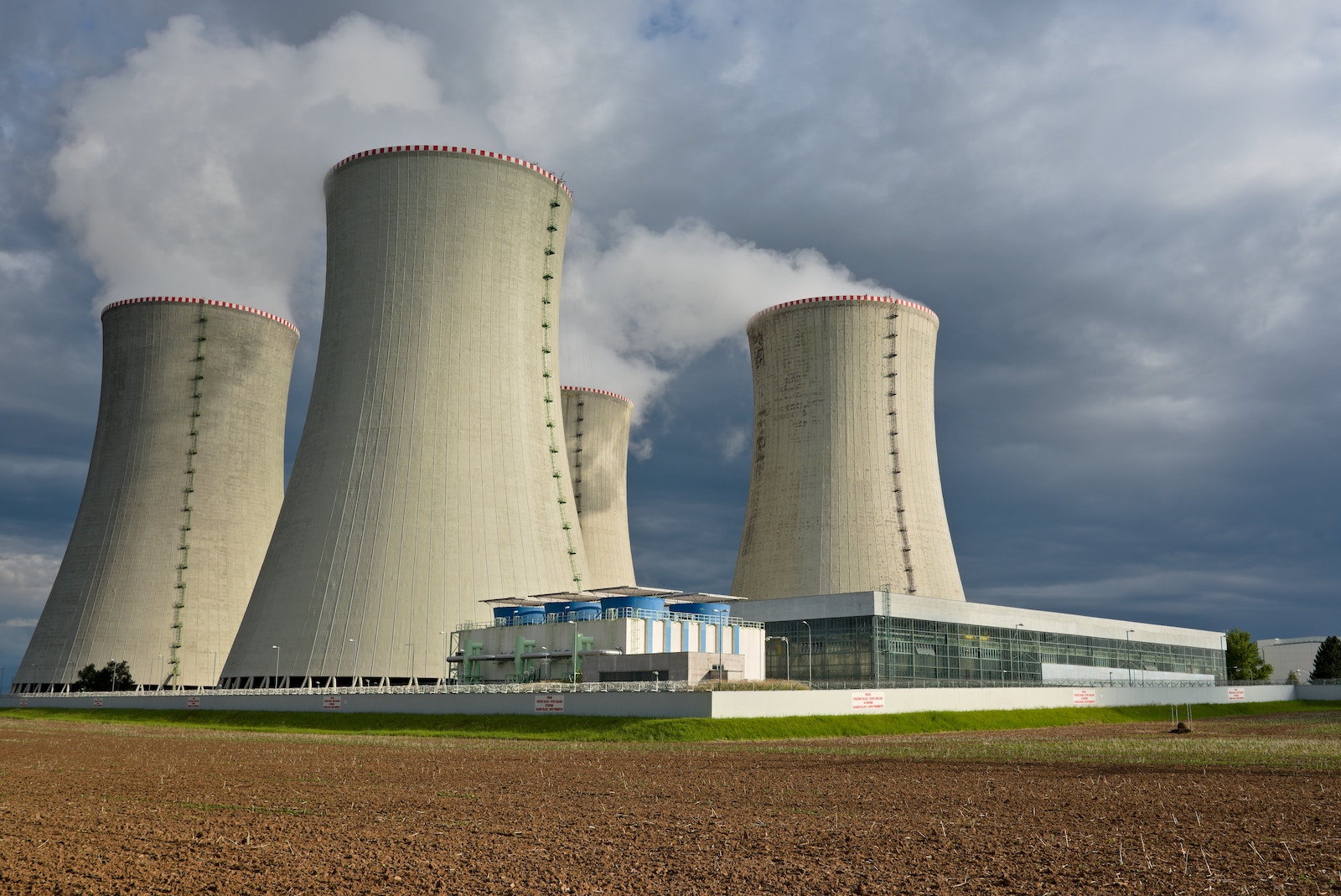
Nuclear
About 10% of the world's energy comes from nuclear plants powered by fission, a process in which the nucleus of an atom is split, releasing energy. Nuclear power plants have the benefit of being relatively cost-effective, and they generally have a small footprint on the land around them, as their main byproduct is heat and steam.
However, the radioactive uranium used as fuel must be disposed of regularly and remains dangerous long after it is no longer useful. Often, it is disposed of in underwater and deep underground storage. Although nuclear power plants have an excellent safety record, should something go wrong, results can be catastrophic. In Fukushima, Japan, following the country’s strongest-ever recorded earthquake in 2011, a tsunami breached the nuclear power plant and led to a meltdown that leaked radioactive materials into the Pacific ocean.
In 2022, scientists made a breakthrough in nuclear fusion, in which atoms are fused together, the process that powers the sun. While fusion could present a source of power that does not create nasty radioactive elements, scientists say creating a process feasible for commercial use is still a ways off.
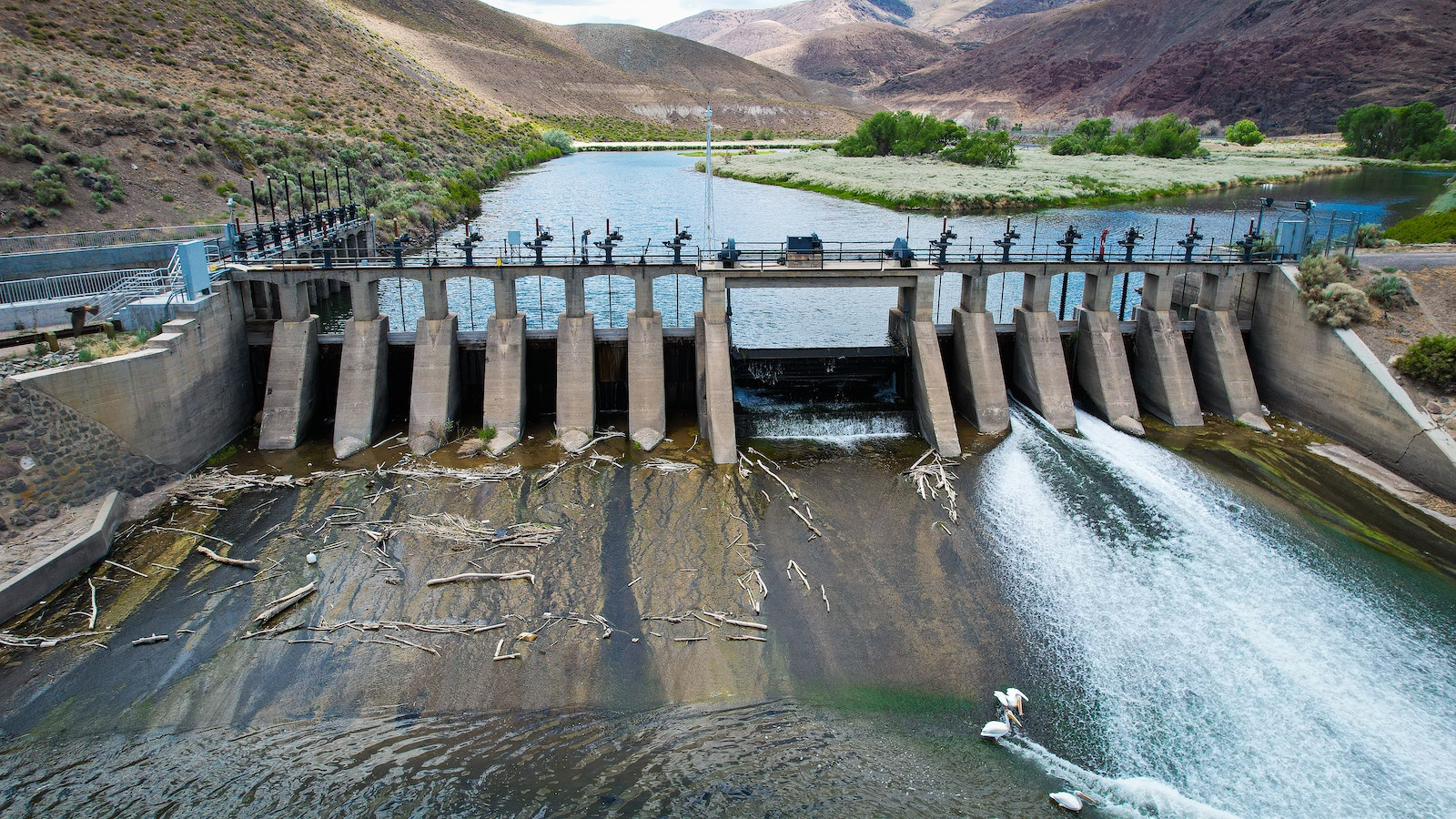
Hydropower
Hydropower is the use of moving water to generate electricity. Water is a renewable resource, and hydropower is a relatively cost-effective approach already used at scale around the world, with about 17% of our electricity coming from this source. However, the locations feasible for large-scale dams are limited, and as water levels drop and drought becomes more frequent, some plants in existence may no longer be viable. In addition, the majority of the world’s dams are aging and require significant updates.
Large-scale dams also cause irreversible damage to ecosystems by altering and destroying animals’ habitats, as well as people’s livelihoods. New hydropower technologies aim to cause less disruption to environments with approaches like fish-safe turbines and smaller-scale modular technologies.
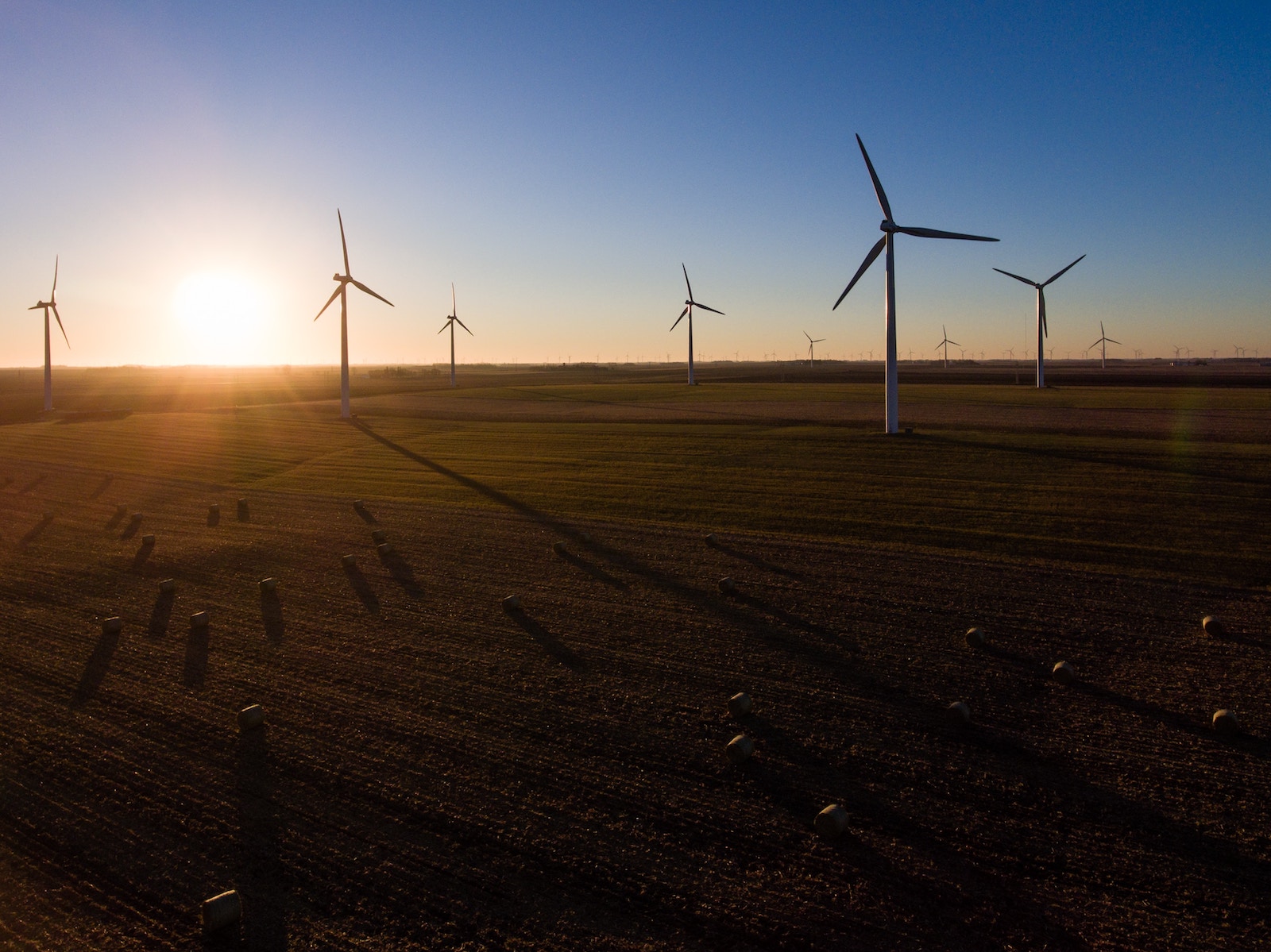
Wind
Wind energy uses enormous turbines to turn the movement of air into electricity. Like water, wind is a renewable energy, and one that isn’t going anywhere any time soon, even with climate change. With rising land costs, climate risks, and price fluctuations, farmers can make steady money by hosting turbines on their property.
Wind turbines do create noise pollution. They also lead to the death of up to 500,000 birds each year. However, organizations like Audubon believe that with diligence and care to reduce these deaths, the risk posed by wind turbines to birds is far less than that posed by climate change.
The future of wind farming is bright. The US Department of Energy has funded an effort to enable turbine recycling, and off-shore wind farming is becoming more and more economically feasible to find new locations for turbines.
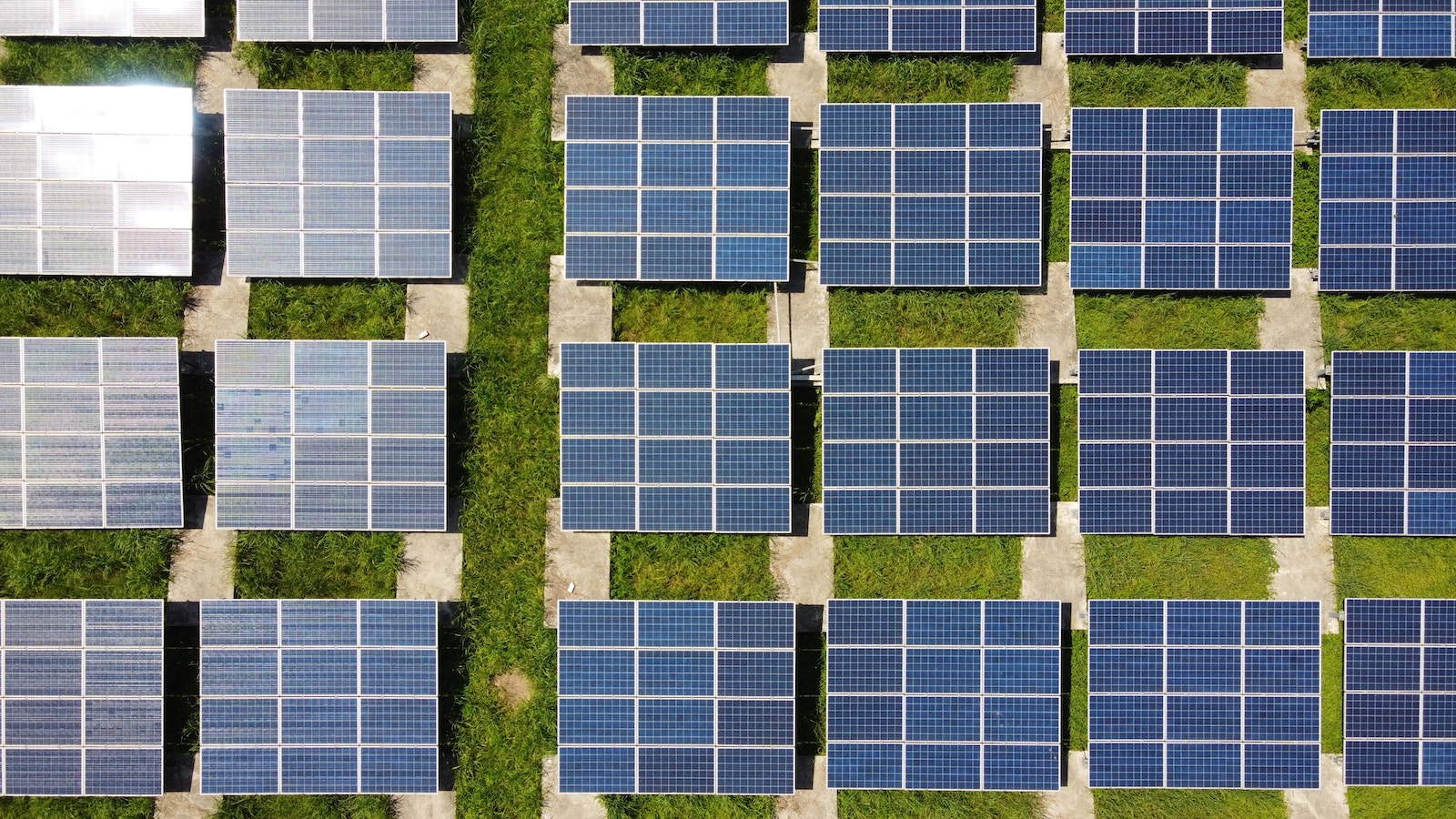
Solar
With solar power, photovoltaic panels are used to capture sunlight and convert it into electricity. Sunlight is renewable and widely available - even on cloudy days. Today, the cost of manufacturing solar panels has decreased significantly and is now relatively affordable, making it possible for households to place them on roofs and in yards. Autonomous microgrids built with solar panels can power entire communities.
Scarcity of materials to create panels and space constraints is a major challenge when looking to generate energy with solar panels at scale, leading to such lofty dreams as creating a solar farm in space.
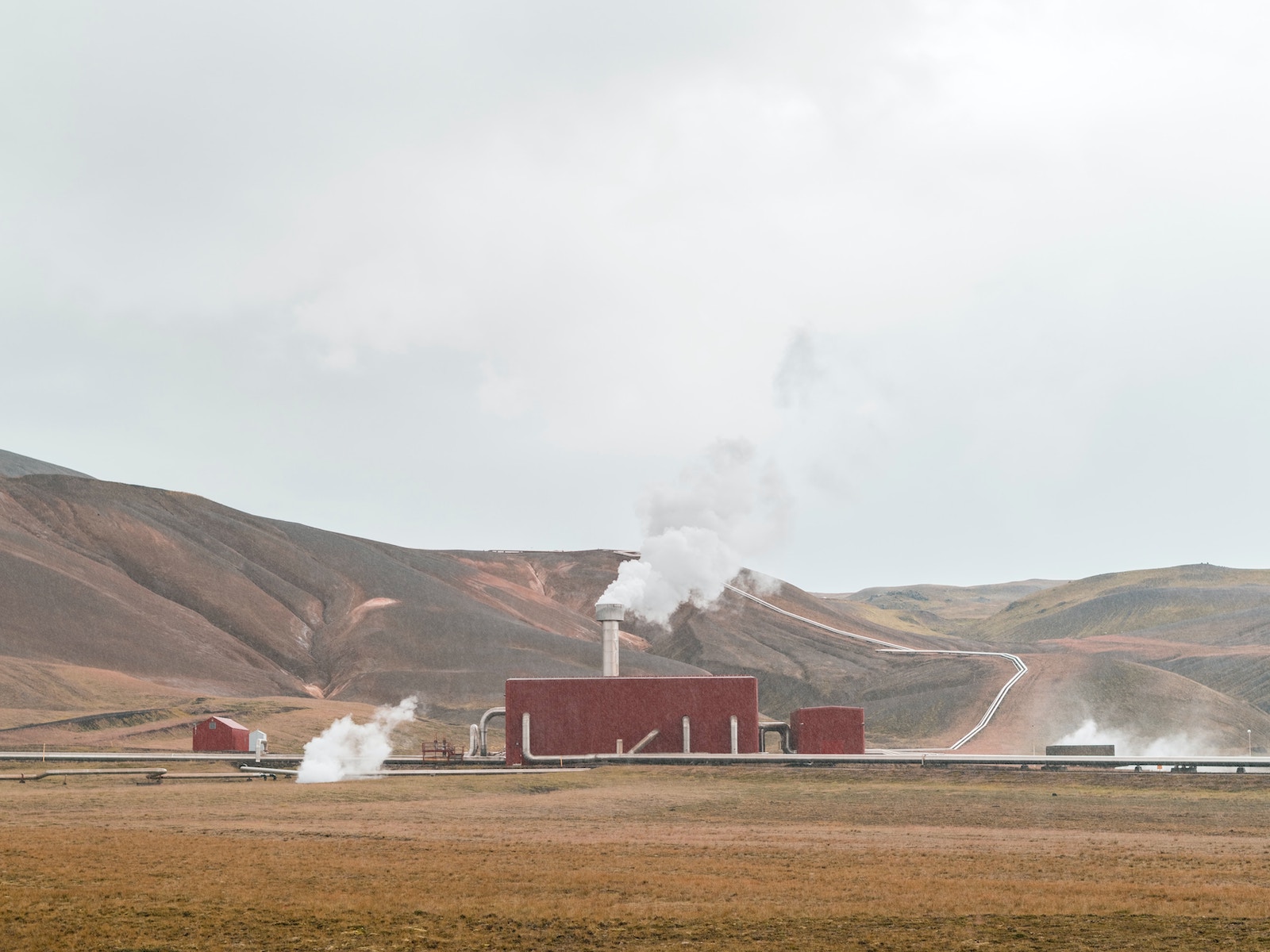
Geothermal
Geothermal power uses heat energy from within the earth’s core to generate electricity. This reliable technology has been around for nearly 100 years and draws on renewable energy without being dependent on weather conditions. However, there are limited geographic locations where geothermal energy can be used, being limited to areas where heat is accessible close to the earth’s surface, often where there are hot springs and geysers. Mining for geothermal energy has been linked to earthquakes, and the plants do release small amounts of sulfur dioxide and carbon dioxide.
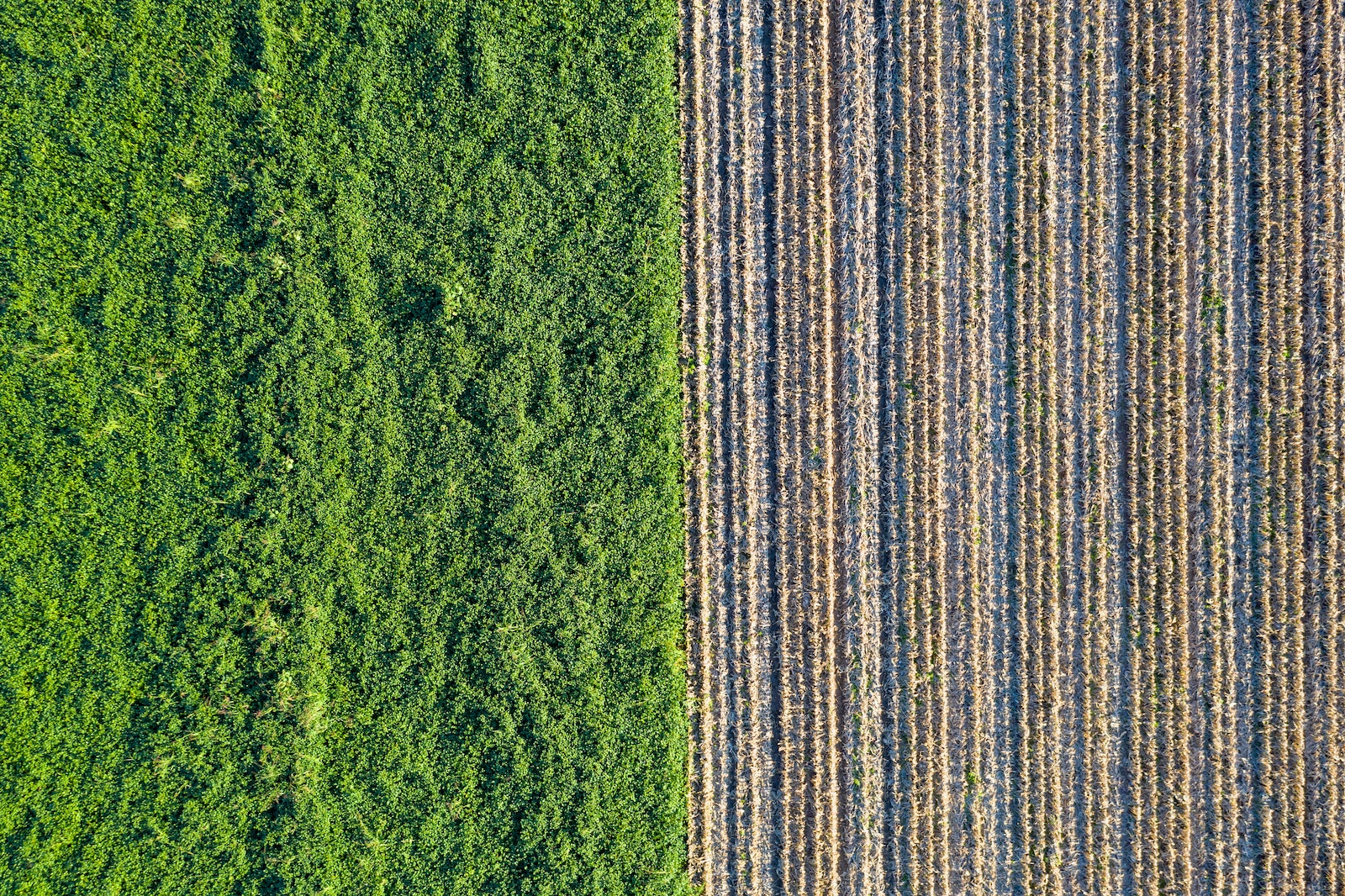
Biomass & biowaste
Biomass and biowaste power systems generate energy by burning organic matter like wood or food waste. Half the EU’s renewable energy is provided by biomass. Biomass and biowaste energy can help reduce waste by burning matter that would otherwise go into landfills. In some cases, crops are grown specifically for use in biomass plants. Whether or not this energy source is truly carbon free is a matter of some controversy, however.
According to Physics world: “Advocates of biomass energy claim that when forests are harvested sustainably, and the timber industry thinnings are used as fuel, the smokestack emissions are canceled out by the carbon absorbed by forest regrowth. However, some scientists say that this carbon accounting simply doesn’t add up.”
Sustainable or not?
As the US races toward our lofty goal of phasing out fossil fuels, it’s important to remember that carbon-free energy sources each have their own pros and cons. A thoughtful balance of different approaches will be key moving forward, to help us ensure the sustainable sourcing and use of energy.
